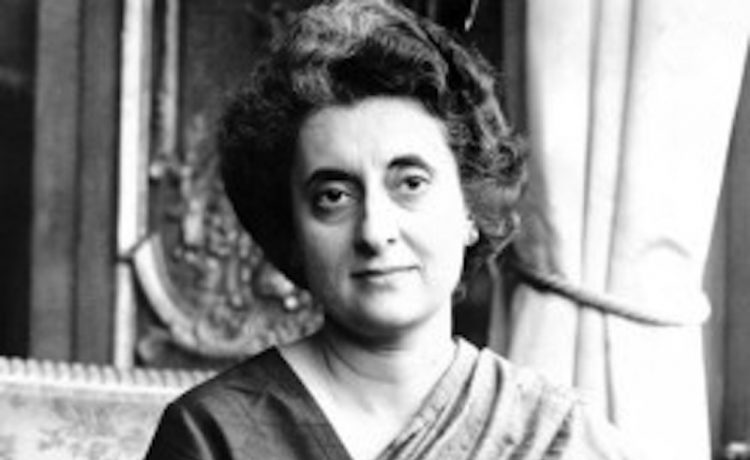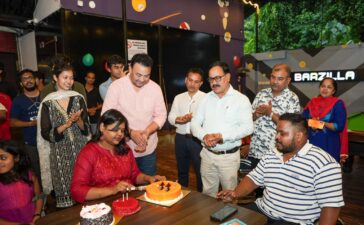It has been 43 years ago on this day that then prime minister Indira Gandhi had declared a state of national Emergency in India. The order was imposed for 21-month period where constitutional rights and freedom of the masses were suspended.
India saw its darkest phase since Independence when then Prime Minister Indira Gandhi called for an emergency to be declared across the country. Arguably the toughest time for the citizens of the country, the emergency was issued by President Fakhruddin Ali Ahmed under Article 352(1) of the Constitution. They termed it as “internal disturbance” that lasted 21 long months beginning 25th June 1975 and going on until 21st March 1977. Here are some facts and pictures from the emergency period.
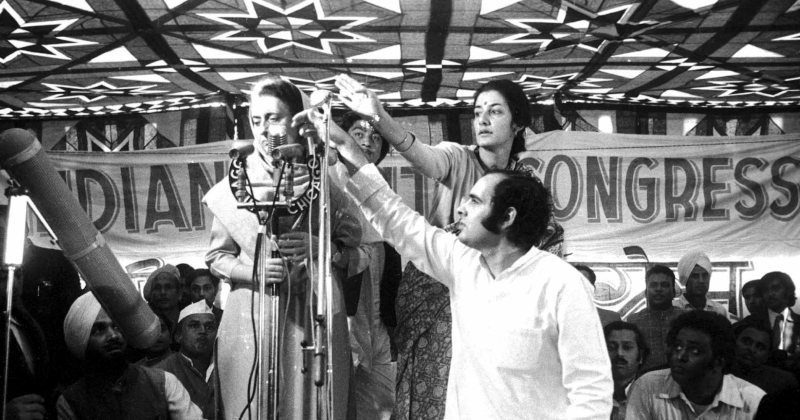
Here are some facts about it which you would have never known before.
1.This was India’s 3rd emergency since its Independence which tells us how unstable political conditions were.
2.Strikes and protests everywhere and the rise of a political opposition were responsible for the economic tumble.
3.Many familiar faces in today’s political arena first spring boarded their career on the Emergency. Before becoming the Chief Minister of Bihar, Lalu Prasad Yadav was a 26-year-old student leader. It was Lalu Prasad who persuaded the Gandhian leader Jay Prakash Narayan to come out of retirement and lead the country to bring about “total revolution” against the government of the time.
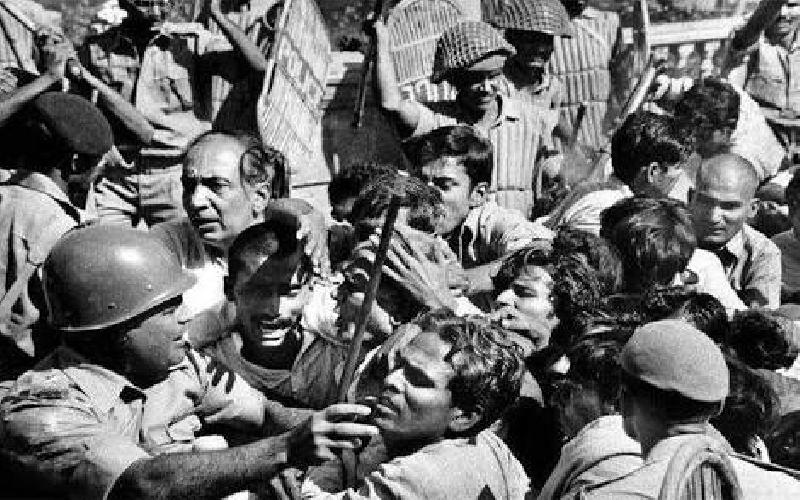
4.Atal Bihari Vajpayee also had a key role to play at the end of the Emergency. He was instrumental in the formation of the Jana Sangh — A united opposition against the ruling Congress that clinched the 1977 elections after the Emergency was lifted. Vajpayee became the country’s Minister of External Affairs at the time, before becoming the country’s Prime Minister decades later.
5.Censorship played a huge role. It was imposed on the press, cinema and other forms of art, and political leaders were being arrested at the whim and fancy of the government.
6. The Nav Nirman movement in Gujarat led by students and middle-class people against corruption.

7 Student agitation by Bihar Chatra Sangharsh Samiti, which was led by the socialist Jayprakash Narain (popularly known as JP), who also declared “total revolution”, asking students and public at large, to non-violently protest everyday.
8 The nationwide strike of the railway-employees union, the largest union in India. The strike had to face brutal suppression by the government, with thousands of employees and their families being driven out of their quarters.
9.All the fundamental rights of the citizens were cut back.
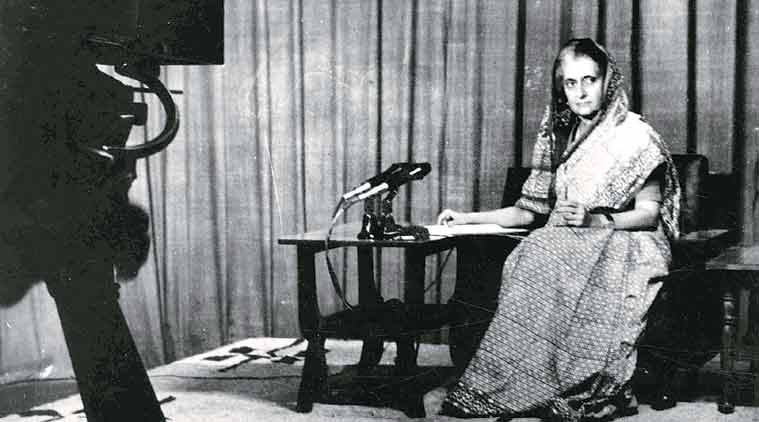
Arrests were made without framing any charges.
10. Media was censored.
11. Narendra Modi posed as Sikh during emergency to avoid arrest.
12.The opposition leaders were tortured, arrested, or detained. Some of the many notable leaders from the opposition to have faced the major wrath were Jayprakash Narain, Morarji Desai, Charan Singh, Atal Bihari Vajpayee, Lal Krishna Avani, Raj Narain and Jivatram Kripalni.


